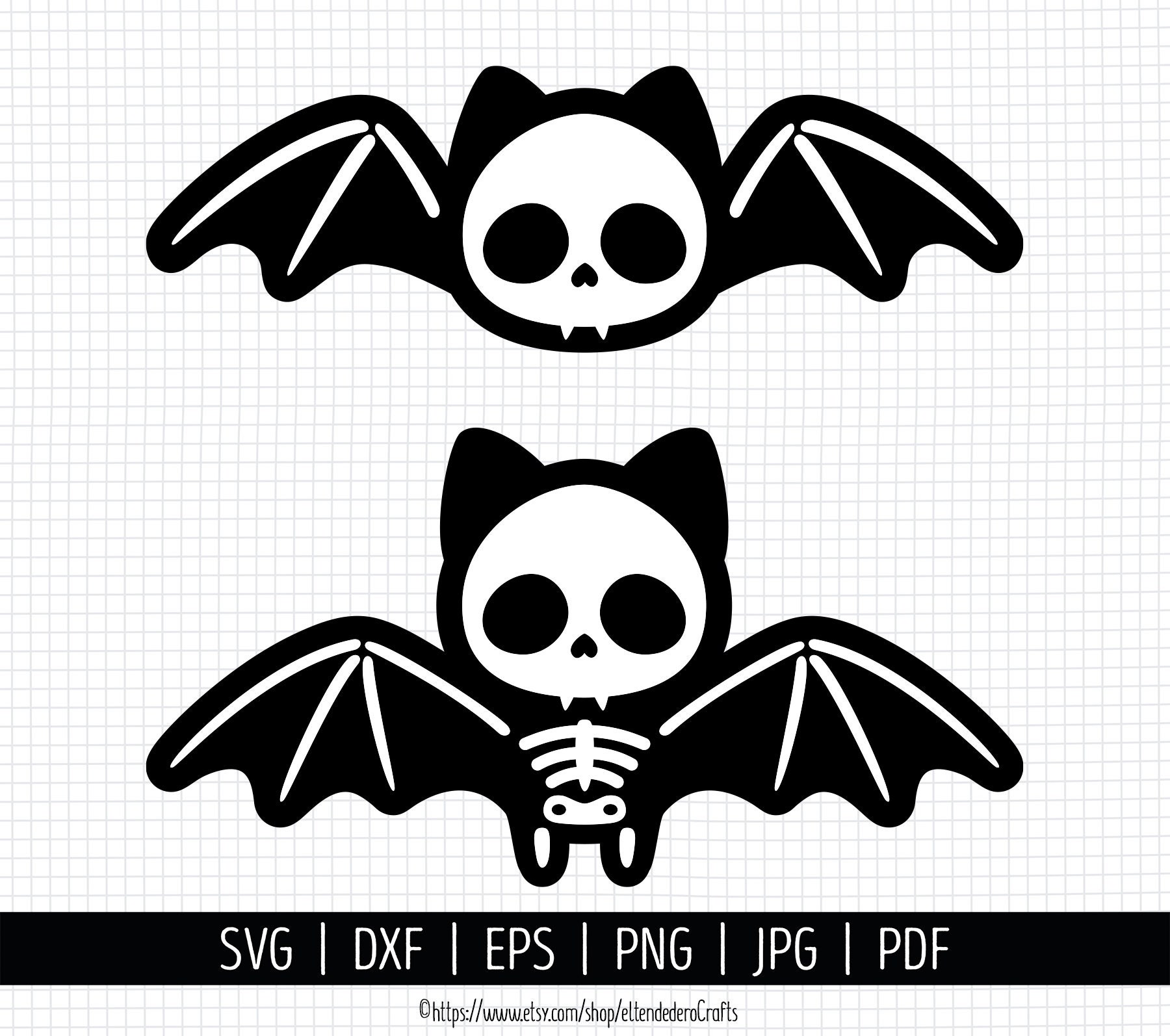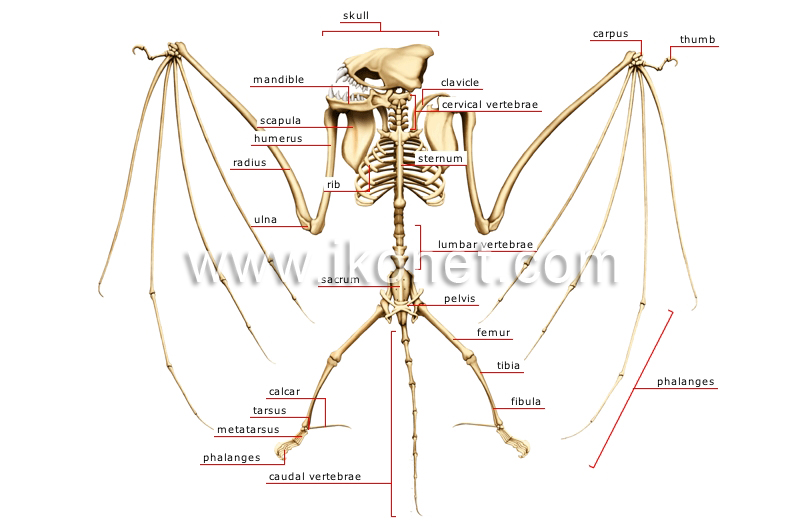Conclusion
The bat skeleton is an extraordinary marvel of nature, showcasing the remarkable adaptations that allow these flying mammals to navigate the skies. Its lightweight yet robust structure, coupled with its specialized anatomical features, enables bats to perform aerial feats that would astound most other creatures. By exploring the intricate details of the bat skeleton SVG, we gain a profound appreciation for the evolutionary ingenuity that has shaped these nocturnal wonders.

Conclusion
- Axial Skeleton: This includes the skull, vertebrae, ribs, and sternum, forming the central axis of the body.
- Appendicular Skeleton: This encompasses the bones of the limbs, including the forelimbs (wings) and hindlimbs (legs).
- Visceral Skeleton: This comprises the bones associated with the digestive, respiratory, and reproductive systems.

Subheading 2: Unique Adaptations for Flight
The bat skeleton exhibits several unique adaptations that facilitate flight:
- Amuck Amuck Amuck SVG Free Amuck, Amuck, Amuck SVG: Unleashing The Power Of Graphics
- 3d Bat SVG 3D Bat SVG: The Ultimate Guide To Creating Stunning Bat Silhouettes
- Free Halloween SVG Free Halloween SVG: Spooktacular Designs For Your Halloween Crafts
- Bad Bunny Halloween SVG Bad Bunny Halloween SVG: Elevate Your Costume With The Icon’s Signature Style
- Adult Halloween SVG Adult Halloween SVG: Unlocking Spooky Creativity For The Grown-Up Ghouls
- Lightweight Structure: Bat bones are incredibly thin and hollow, reducing their overall weight.
- Elongated Forelimbs: The wing bones, particularly the metacarpals and phalanges, are remarkably elongated to support the flight membrane.
- Flexible Joints: The joints in the wings are highly flexible, allowing for a wide range of motion during flight.
- Keeled Sternum: The sternum, or breastbone, has a prominent keel that serves as an attachment point for the powerful flight muscles.
- Reduced Hindlimbs: The hindlimbs are relatively short and adapted for walking and roosting rather than flight.
The bat skeleton is an extraordinary marvel of nature, showcasing the remarkable adaptations that allow these flying mammals to navigate the skies. Its lightweight yet robust structure, coupled with its specialized anatomical features, enables bats to perform aerial feats that would astound most other creatures. By exploring the intricate details of the bat skeleton SVG, we gain a profound appreciation for the evolutionary ingenuity that has shaped these nocturnal wonders.
Introduction
Bats, belonging to the order Chiroptera, are the only mammals capable of true flight. Their ability to soar through the darkness has captivated humans for centuries, inspiring myths, legends, and scientific inquiry. At the heart of their aerial prowess lies a skeletal structure that is both lightweight and incredibly strong. The bat skeleton SVG, a digital representation of this intricate framework, provides a detailed blueprint for understanding the remarkable adaptations that have allowed bats to conquer the skies.
Subheading 1: Anatomy of the Bat Skeleton
The bat skeleton is composed of approximately 200 bones, which can be broadly categorized into three main regions:


Subheading 3: Diversity in Bat Skeletons
While all bats share certain skeletal characteristics, there is significant diversity within the order. The size and shape of the skeleton can vary depending on the species, habitat, and flight behavior:
- Microchiroptera (Small Bats): These bats typically have smaller skeletons with elongated forelimbs and reduced hindlimbs.
- Megachiroptera (Large Bats): These bats are characterized by larger skeletons, including a more robust skull and shorter forelimbs.
- Fruit Bats: Fruit-eating bats have specialized teeth and jaw structures adapted for consuming fruits.
- Vampire Bats: Vampire bats have razor-sharp incisors for cutting into their prey’s skin and specialized digestive systems for processing blood.
FAQs
Q: How many bones are in a bat skeleton?
A: Approximately 200 bones.
Q: What is the largest bone in a bat skeleton?
A: The femur, or thigh bone.
Q: What is the smallest bone in a bat skeleton?
A: The stapes, a tiny bone in the middle ear.
Q: Do all bats have the same skeletal structure?
A: No, there is diversity in bat skeletons depending on species and flight behavior.
Q: Can bats fly backward?
A: No, bats cannot fly backward due to the structure of their wings and flight muscles.
Conclusion
The bat skeleton SVG offers a fascinating glimpse into the intricate anatomy of these nocturnal flyers. By delving into its unique adaptations and skeletal diversity, we gain a deeper understanding of the remarkable evolutionary journey that has allowed bats to become the masters of the night sky. From their lightweight bones to their specialized joints, the bat skeleton is a testament to the power of adaptation and the wonders of the natural world.
